
Denver Nuggets’ first tittle strengthens the league’s successful model.
Sports Value has created a basketball business division and will always deepen the analysis on it.
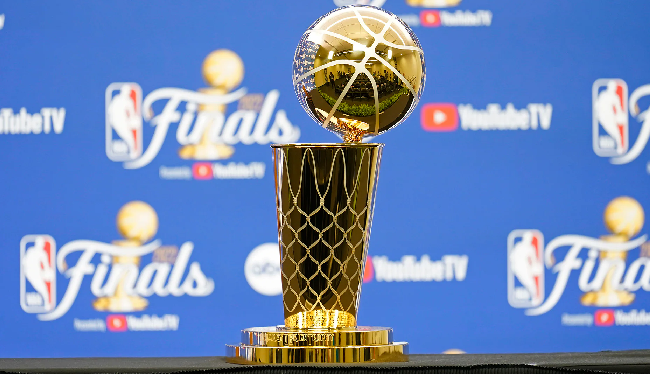
The 2023 NBA Finals, conclusion, with the Denver Nuggets’ unprecedented title, a team with the league’s 22nd revenue, says a lot about our new analysis.
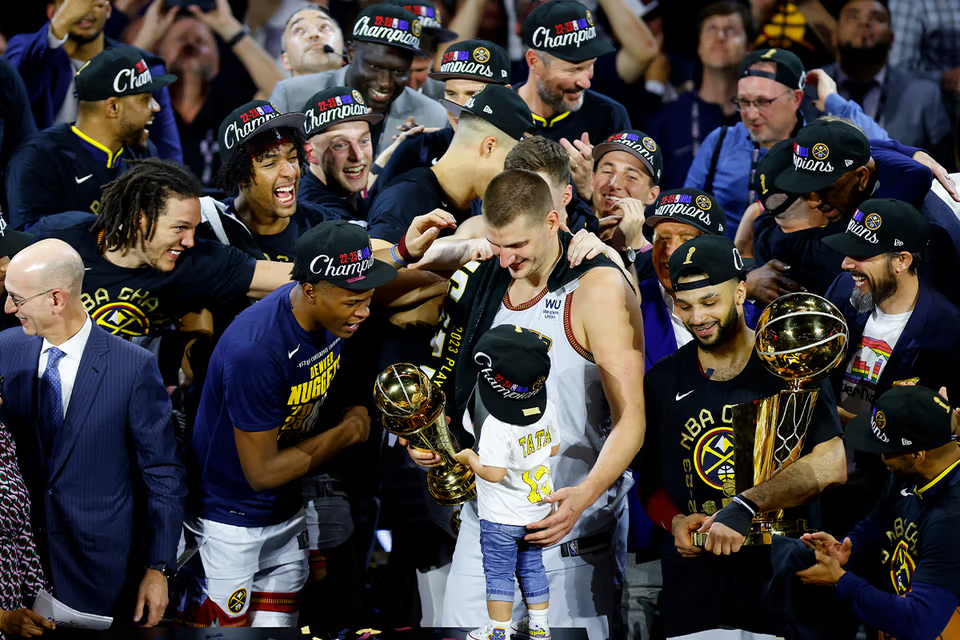
The NBA, like other American leagues focuses on financial balance between teams, in order to generate sporting equality. Strong, competitive teams make a richer league.
The league´s role is to economically strengthen the clubs.
Champions until 2022
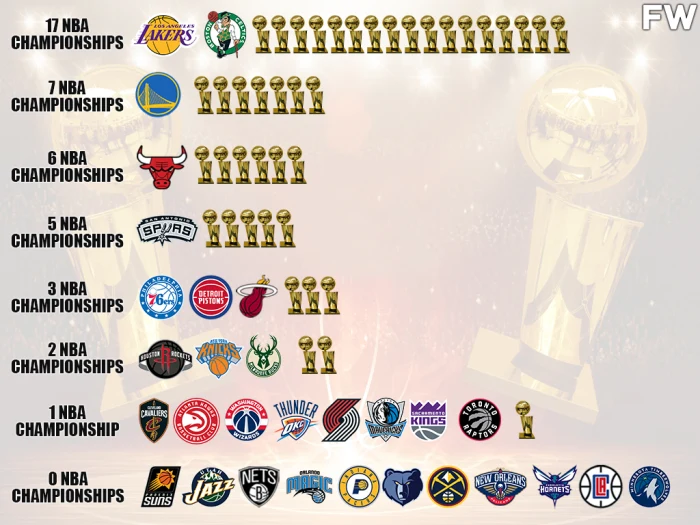
All initiatives are aimed at this balance. There is strict salary control, selection of the best players by the weaker teams (draft), equal TV division and also revenues from league´s sponsorships and licensing.
Although the NFL makes more money than the NBA, and has much more viewership in the US, it was the basketball league that became most disruptive, influencing others with its innovative business vision.
NBA is the most disruptive league in world sport, according to Sports Value.

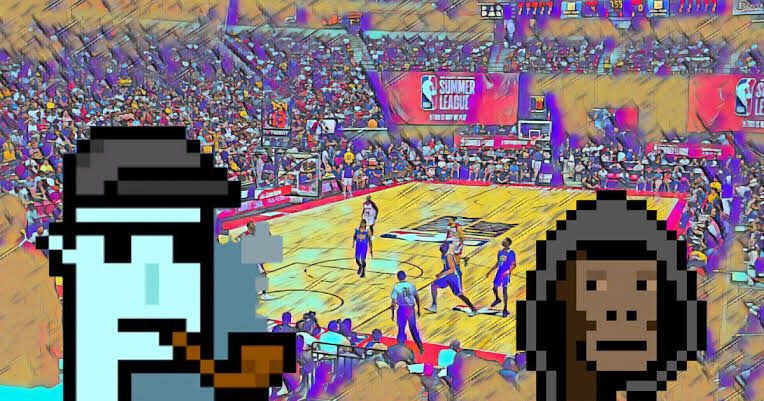
NBA Revenues
According to Forbes´ data, the NBA, with its 30 teams generated a total of US$ 10 billion in revenue in the 2021-2022 season, after two years of losses from the pandemic.
In 2019, revenues stood at US$ 8.8 billion and fell to US$ 6.2 billion in 2021. The post-pandemic return was 57% growth in revenues. Compared to 2019, the growth was 14%.
30 NBA teams´ revemues – US$ billion
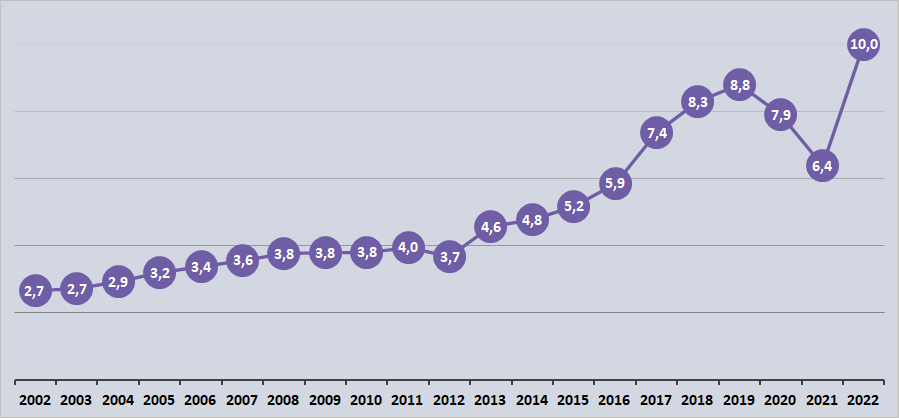

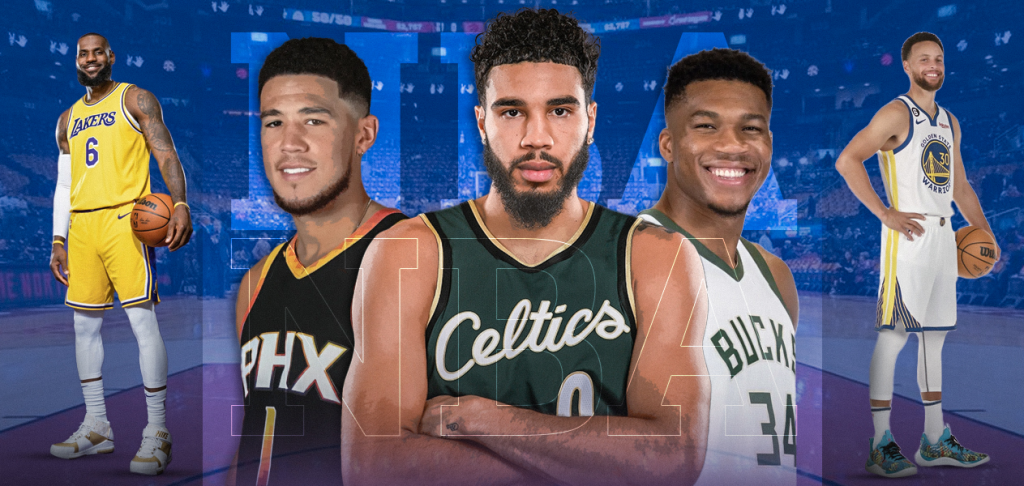
Recent NBA Teams´ Revenues- US$ Million
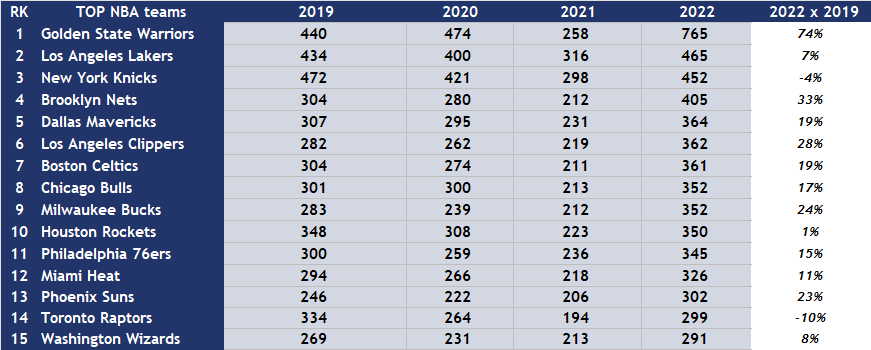

Sponsorships
The NBA surpassed US$ 1.6 billion in sponsorships, according to IEG’s annual study, up 12% compared to 2021. Since 2019 they have risen 26%.
Much driven by the Crypto sector, which alone has invested US$ 130 million in sponsorships in the league in 2022.
Sponsorship revenues- US$ million



The most active brands with the NBA are Nike, AB InBev, Pepsi, Socios, State Farm, Toyota and Verizon.
On the other hand, according to data from Sponsor United, these were the brands with the greatest impact on digital during this last season. Nike is the leader with almot 7 million interactions.



According to Sponsor United, these are the teams that got the most engagement on social media in the 2022-23 season.
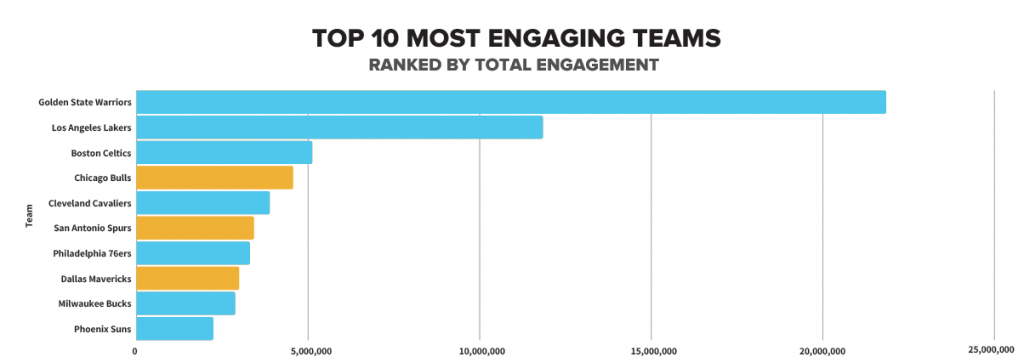
Although Lebron James has shown more growth in followers, Stephen Curry leads among the players with the most engagement.

Big impact from Giannis Antetokounmpo, who is the second most important player in interactions on the networks right now.
Gameday revenues
The NBA’s 30 teams generated US$ 2.2 billion from arenas operations. Prominent is the Golden State Warriors’ (GSW) new arena strength, which generated US$ 257 million in 2022, compared to the US$ 133 million from the second-place NY Knicks.
According to ESPN´s data, the average attendance of the 30 teams is 18,000 per game, the worst average is the Oklahoma City Thunder averaging 15,500 per game and the highest the Chicago Bulls with 20,100 per game. The arenas occupancy rate ranges from 87% to 100%.
Gameday Revenues in US$ million and average attendance



What GSW generates from advertising and licenses in the new arena represents more than any other team with full gameday income. Only 6 teams make more than US$ 100 million last season from the arenas. Denver Nuggets, for example, generated US$ 50 million in 2022.
The commercial 41 home games exploitation (without the playoffs) is teams competitive differential, in a league model with severe control like the NBA.
Gameday share of total revenue


Salary costs
The 30 teams salary spending totaled US$ 3.9 billion in 2022, up from US$ 3.2 billion in 2021, +21%. Salaries account for just 39% of revenues, the lowest in years. The payroll bill is similar to 2019.
NBA Salary Expenditures- US$ billion

There are clubs that just can’t spend the fortune they raise. The most emblematic case again is GSW, which spent US$ 169 million on salaries and earned US$ 765 million, just 22% of the revenue.
The Denver Nuggets were champion with a US$ 138 million payroll and making US$ 273 million in revenues, a 51% rate.
The Nuggets left behind the LA Lakers with salaries of US$ 163 million. 35% of the revenue.
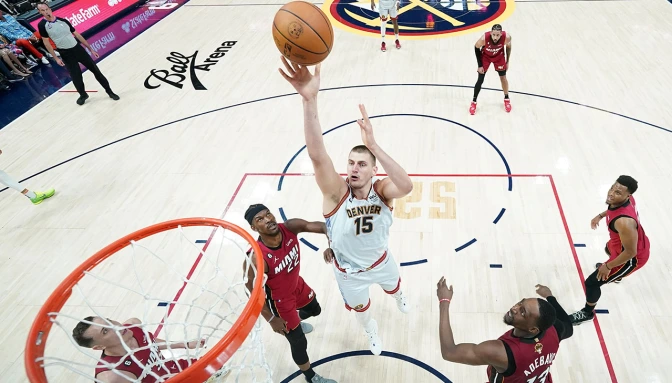


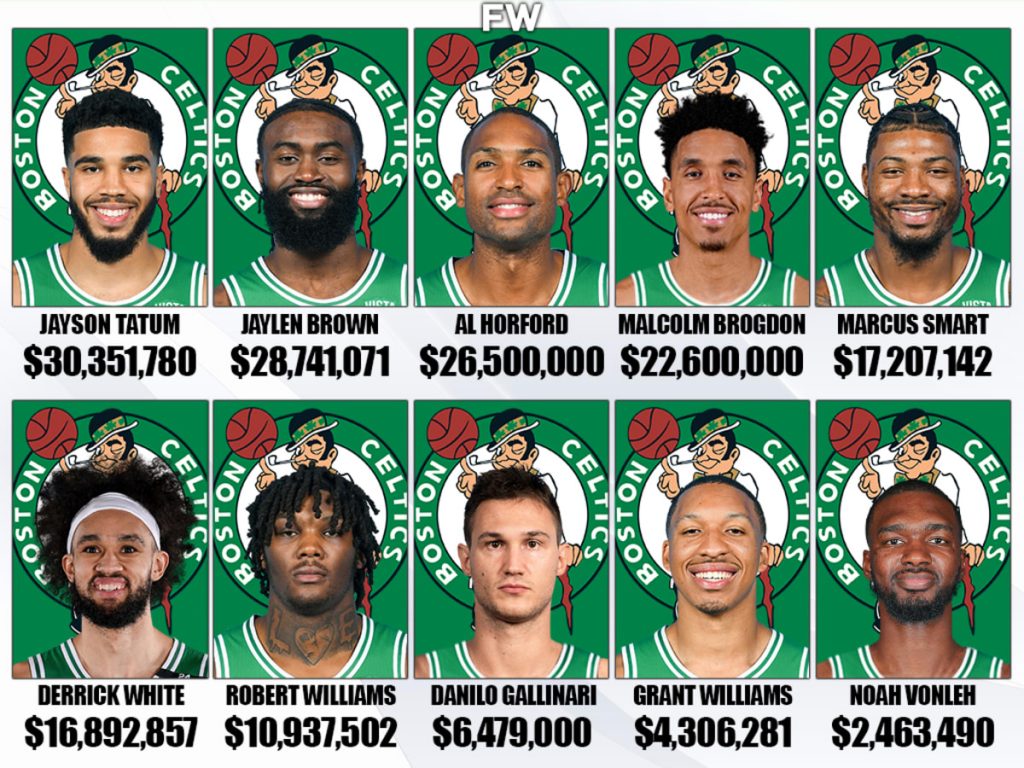

This shows how the balancing factor in the resources distribution and salary cap are key factor to the success to any sports league. More money circulating to all teams.
Valuation
The 30 franchises, according to Forbes, are worth US$ 86 billion today and most impressively they were worth US$ 64 billion in 2019, up 35%.
Even with the fall in revenues, teams became increasingly valuable, thanks to the business development in this period.
An interesting recent example was the LA Clippers, which sold in 2014 for US$ 2 billion and is already worth US$ 3.9 billion.
Valuation 30 NBA teams- US$ billion

Today the average value of the teams is US$ 2.9 billion.
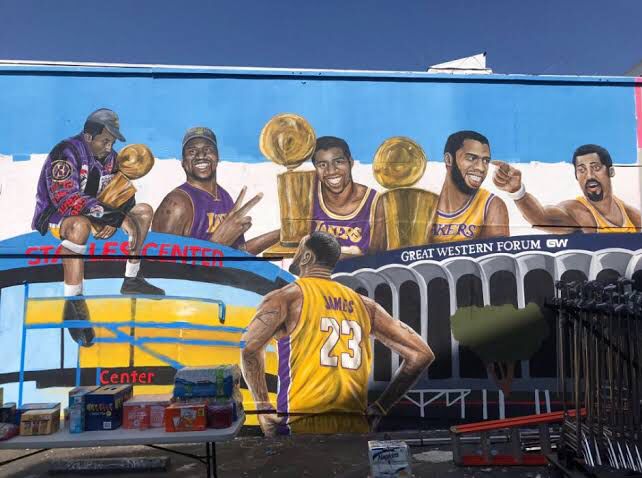
Revenues X Valuation – US$ million

Secret of the success
NBA was able to maximize its earnings, midst other factors, by the great growth among the young audience and by being a global appeal modality.
Strong strategic partners also contributed to the best product being delivered with the highest possible quality.


The NBA League Pass, broadcast rights, sponsorships, new arenas, digital revenues, live marketing, international expansion, community connection, and social activism were some of the key elements that impacted revenue growth and valuation.
The Chinese market, for example, already generates US$ 500 million annually for the league, according to Forbes. NBA has gained the rewards of its disruption.
Other important markets Brazil, México. Philippines, Spain, France, Germany, Australia, UK,

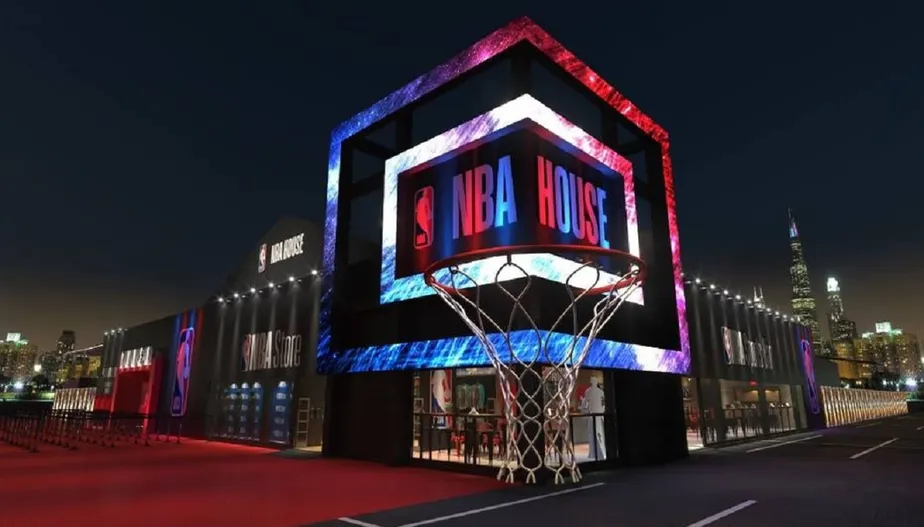
Sports Value’s projection is that clubs are already spending more, with these increased revenues and will create more resources in the coming years.
4 questions for Ari Aguiar, ESPN ´s narrator and host:

1 . NBA is a robust business model. What’s your take on the league?
NBA is a multi-billion dollar business, the image has been well built over the years. In the past the image was not so valued and was even very bad. Commissioner Daniel Snyder was able to reverse that, especially with the arrival of Magic Johnson and Larry Bird in the ’80s.
The NBA is no longer seen as a league played by bad guys and has become highly valued. NBA has always known how to exploit idols well. All business, close the agreements in the U.S. and international markets. NBA is fever in China, an absurdity has turned the business size.
2. How does it work for a player to make it to one of the 30 franchises? How does this funnel happen? And for foreigners?
It’s a gigantic funnel, thousands of high schools, with basketball being a very traditional sport in the country. The youngster must stand out in high school, participate in competitions that give visibility. Universities keep an eye on the best and offer scholarships for the big talents. Win scholarships at one of the 300 universities in division 1 for a super competitive draft with the European market.
There are only 60 spots a year and only the top 30 have guaranteed contracts with the teams that have been drafted. Not to mention that it must be a technical, athletic and mental phenomenon. They’re looking at it a lot right now.
3. In the U.S., a lot of street basketball is played. What is the role of public courts in the process of strengthening the sport there and the NBA itself?
Very important the courts. They look at the kid playing basketball on the street and discover the talents. Kids play in the street, on the doorstep, with friends in the park. And also play in school and developing talents. Them can be prepared to try to get to the top.
Public courts have all that effect for sure. As in the case of Brazil with soccer, how much talent is not wasted for lack of spaces to play.
4. Brazil has become a key market for the NBA, but little basketball is played here. What is the way to convert fans into regular practitioners?
We need more places to play and more support to play all kinds of sports. Brazil is not a country that encourages the sports practice, neither professionally nor playfully.
Practice who wants, goes to a club like Pinheiros who has money. In the periphery there is almost no opportunity. Either it’s a social project or someone who is hooked by it and goes after it, it’s not massified.
Encouragement for all sports is key, and the public courts can help. The kid sees the court close to home, starts playing, grows with it. But how can be polished or prepared, discovered by a coach? How can get to a club? The court is a small step.
To have more practitioners, we need more support.
 English - EN
English - EN
 Português - PT
Português - PT  Español - ES
Español - ES 

